Interior Doors
Custom Interior Doors Interior Wood Doors Interior Teak Doors and
Interior Hardwood Doors by The-Wood®
Studio Thailand
The-Wood® Studio is a designer and manufacturer
of double and single interior doors. We offer custom doorways,
interior wood doors, exterior doors, residential and garage doors made in teak. We
build
unfinished, pre-finished and finished doors with and without frames. We
make doors in French, Mexican,
English,
Victorian, Classic and Moroccan styles. We carve crests, coat of
arms, logos, names, horses and flowers. We specialize in custom design
doors in any style, size, thickness, and shape. We build wide range of
wood doors with one of a kind carving design and
with the most unique
ornaments. Shipping to US or Europe $500.00 USD only!
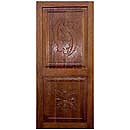 |
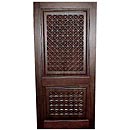 |
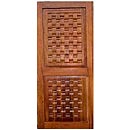 |
|
Interior Door |
Interior Custom Door |
Interior Wood Door |
| Ref:
DOORSGL101 |
Ref:
DOORSGL102 |
Ref:
DOORSGL103 |
| |
|
|
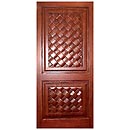 |
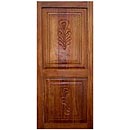 |
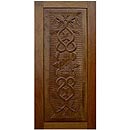 |
|
Interior Wooden Door |
Interior Carved Door |
Interior Design Door |
| Ref:
DOORSGL104 |
Ref:
DOORSGL105 |
Ref:
DOORSGL106 |
| |
|
|
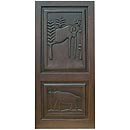 |
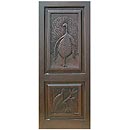 |
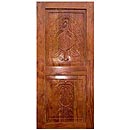 |
|
Interior Hardwood Door |
Interior Luxury Door |
Interior Lumber Door |
| Ref:
DOORSGL107 |
Ref:
DOORSGL108 |
Ref:
DOORSGL109 |
| |
|
|
 |
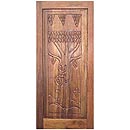 |
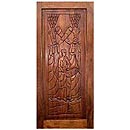 |
|
Interior Timber Door |
Interior Entry Door |
Interior Teak Door |
| Ref:
DOORSGL110 |
Ref:
DOORSGL111 |
Ref:
DOORSGL112 |
<
BACK | NEXT >
Interior Door:
interior decoration, adornment of the interior of a building, public
or domestic, comprising interior architecture, finishing, and
furnishings. Asian and classical cultures used the decorative arts
to create elaborate interiors, and they originated forms extensively
copied in later times. In Europe during the early medieval period
few notable interiors were created except in Islamic Spain and in
the Byzantine Empire. Simple movable and hanging objects were the
chief furnishings of castles. In the late Middle Ages artistic
resources were dedicated to the embellishment of churches and public
buildings. With more settled conditions, Renaissance Italy,
influenced by Greek and Roman styles, developed interiors of
grandeur and magnificence; popes and nobles employed leading artists
to decorate their palaces and villas. Italian forms spread to other
countries. Spanish interiors displayed rich color, ornate furniture,
decorated leather, and fine textiles. France was an early leader in
setting styles, which changed with the sovereigns. Especially
influential were the Louis period styles , régence style ,
Directoire style , and Empire style. England developed notably the
Elizabethan style , the Jacobean style , and the Georgian style;
some 18th-century styles are known by the names of furniture
designers such as Chippendale , Sheraton , and Hepplewhite . Robert
Adam correlated interior and exterior architecture, furniture, and
accessories.
|




